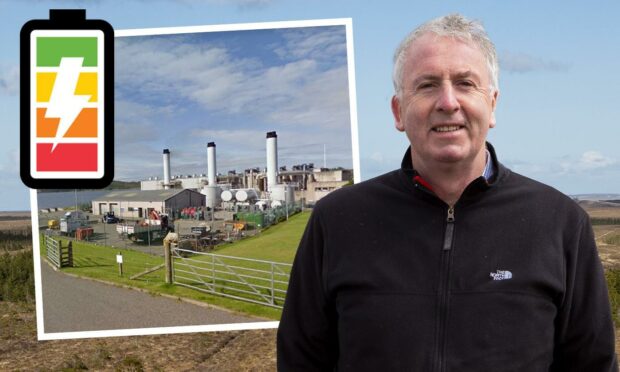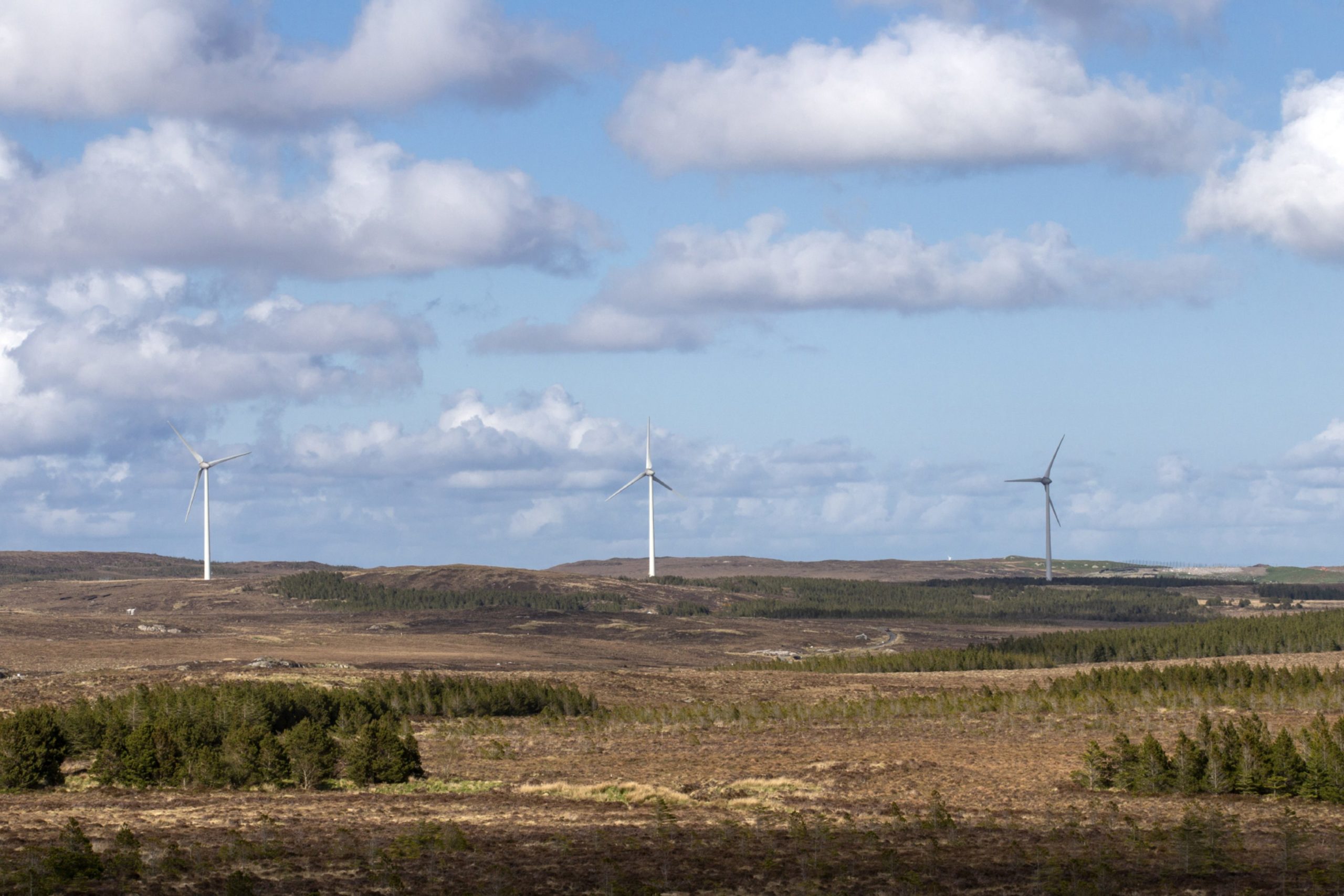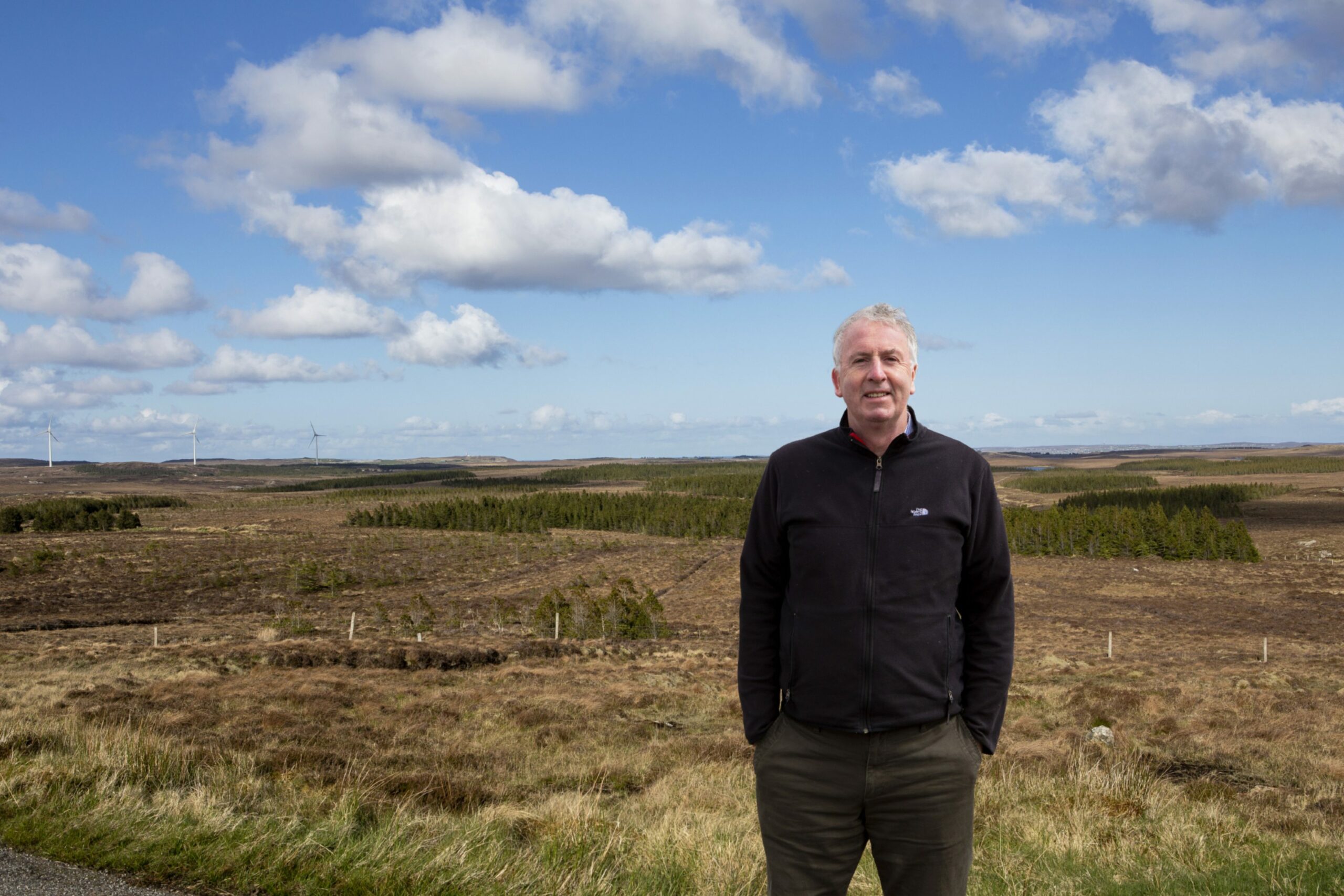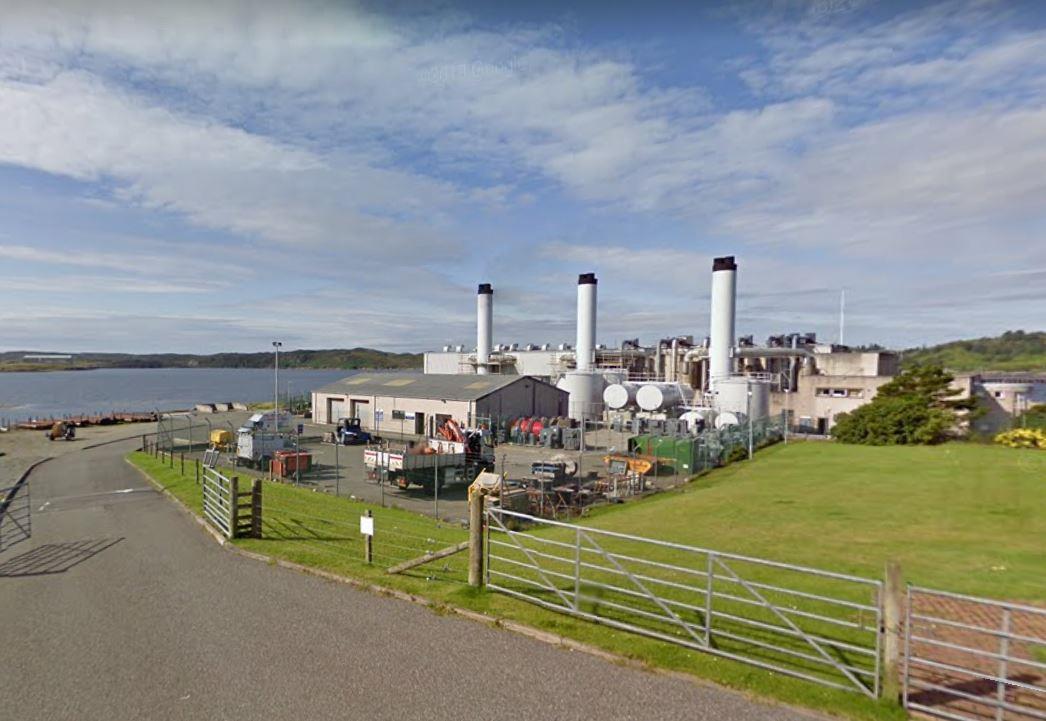A Lewis wind farm charity’s innovative idea will help protect the island’s electricity source for future generations.
Point and Sandwick Trust is seeking to create an on island battery source to store excess power from its turbines.
The charity is hoping to ensure all opportunities to produce green, renewable energy are utilised.
If granted, the battery station – which would be constructed at the aptly named Battery Point area of Stornoway – would become the first of its kind in the UK to be community owned.
Trust seeks to build resilience should another outage occur
Currently, the trust operate the UK’s largest community-owned wind farm, distributing profits to local organisations.
Turbines at the charity’s Beinn Ghrideag wind farm were unable to generate funds for the community for almost a year after a subsea cable fault was reported on October 16, 2020.
The fault cut off Lewis and Harris to the main national grid via Skye.
With no income, Point and Sandwick Trust had to rely on their reserves instead to cover overhead costs.
The charity is now making strides to increase resilience should another fault occur, with the new battery source allowing some operations to continue should the islands be cut off again.
The proposed £13 million project is currently with SSE for consideration.
A tendering process was carried out over the Christmas period, concluding on January 17.
Project has been three years in the making
Director Calum Macdonald said: “We have been working on the battery since 2019 as an idea and of course it took a lot more relevance when we had the outage.
“I am quite hopeful we are going to get an initially positive response.
“If we can pull it off it will be a big, big thing.
“It’ll be 25mW and that is huge. That is as big as Battery Point diesel power station itself in terms of capacity
“The battery won’t be physically bigger. It will just be a bunch of containers but in energy terms, 25mW will be very substantial.”
Turbines operational again
After almost a year of standing still, two out of the three turbines operated by the trust are again operational.
The hope is that by storing energy on the island, it may be used to meet local demand.
Mr Macdonald continued: “With the battery, we could take it up to 40% or 60% of local demand, which would mean we could be providing most of the local demand even during an outage.”
Mr Macdonald previously called for a second subsea cable to be laid to ensure a reserve supply to the national grid is maintained.
He argued that this should have been done at the same time as the £28 million replacement to lower costs.
The trust warned in September that all of its reserves had been badly hit by the 11 month outage, with around the same timeframe required to build these back up.
Funds could flow by end of year
Funds are hoped to be distributed locally again by the end of 2022.
Mr Macdonald added: “If we succeed it will be the first community-owned grid supporting battery in Britain. It will be one of the biggest batteries in operation.
“It will be a significant leap forward in terms of managing local grids.
“I am reasonably hopeful at this stage.
“We have been knocked off for almost 12 months and it hasn’t made us any less ambitious. If anything it makes us more ambitious.
“We hope by the end of this year that we can resume what we really want to use our money for, which is reinvesting back into the community and supporting local charities.”
The battery project comes after a study commissioned by Point and Sandwick Trust found that community wind farms bring 34 times more benefit than commercial schemes to local communities.



